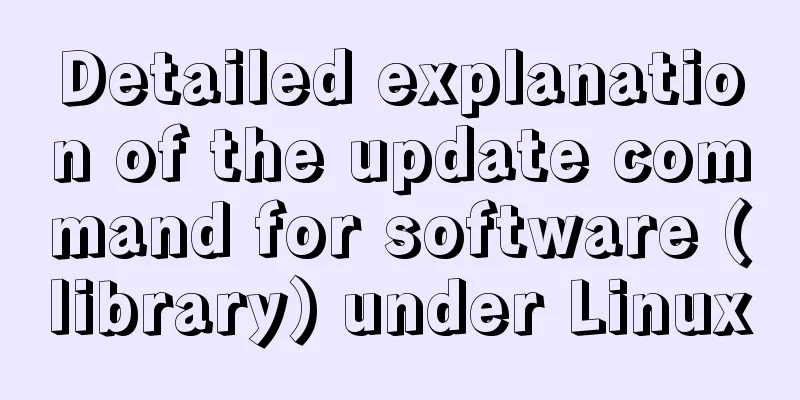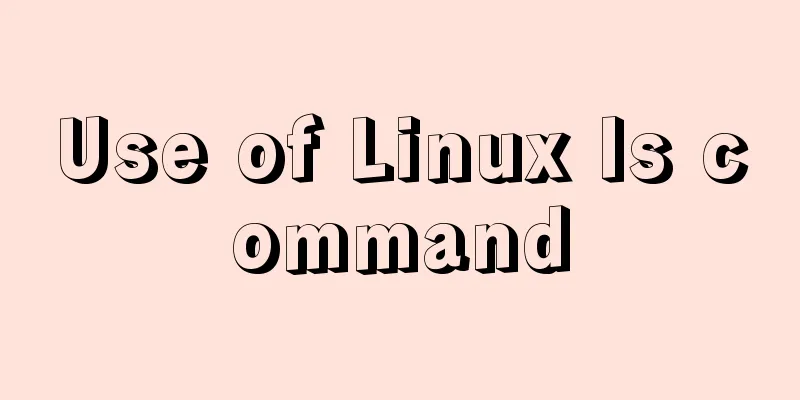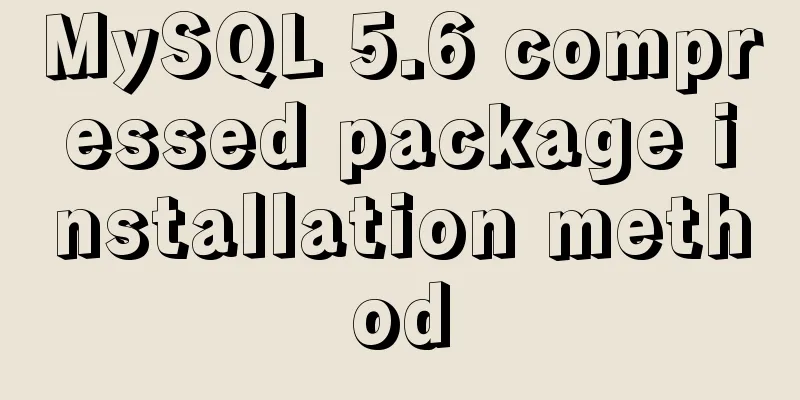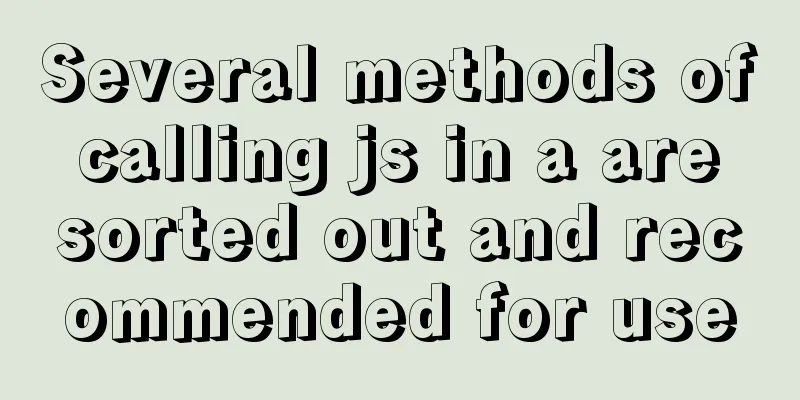Detailed explanation of the update command for software (library) under Linux

|
When installing packages on an Ubuntu server, you often use sudo apt-get install package name or sudo pip install package name. What is the difference between the two? 1. Difference pip is used to install all Python dependency packages from PyPI (https://www.python.org/), and can choose to install any previous version of dependency packages uploaded on PyPI, which I personally think are Python-related packages and third-party packages and various versions; apt-get can be used to install software, update sources, and can also be used to update typical dependency packages from Ubuntu (https://launchpad.net/ubuntu). Typical installation means that it only installs a single version (the latest release, or the most recent one), and we cannot decide the version of the dependency package we want to install or choose a previous version. Personally, I think they are easy to distinguish: after all, one is updating the system-level package, and the other is updating a programming language-level package (library). 2. Installation and application apt-get can be used directly in the following format: $ sudo apt-get install/delete package $ sudo apt-get -f install #Repair installation$ sudo apt-get dist-upgrade #Upgrade system$ sudo apt-get upgrade #Update installed packages$ apt-get source package #Download the source code of the package$ sudo apt-get build-dep package #Install related compilation environment$ sudo apt-get clean && sudo apt-get autoclean #Clean up useless packages pip needs to be installed before it can be used. The installation process is as follows (applicable to Ubuntu 10.10 and above), using the format: pip install package. $ sudo apt-get install python-pip python-dev build-essential $ sudo pip install --upgrade pip Installing Python library under Linux sudo apt-get install python-numpy sudo apt-get install python-scipy sudo apt-get install python-matplotlib sudo apt-get install python-pip other pip list lists all libraries pip show torch View library information The above detailed explanation of the update commands for software (libraries) under Linux is all the content that the editor shares with you. I hope it can give you a reference. I also hope that you will support 123WORDPRESS.COM. You may also be interested in:
|
>>: Vue Element front-end application development: Use of API Store View in Vuex
Recommend
The role of MySQL 8's new feature window functions
New features in MySQL 8.0 include: Full out-of-th...
How to configure path alias for react scaffolding
The react version when writing this article is 16...
The principle and implementation of two-way binding in Vue2.x
Table of contents 1. Implementation process 2. Di...
MYSQL implements sample code to prevent duplicate addition when adding shopping cart
Preface Recently, due to work reasons, I was work...
React implements infinite loop scrolling information
This article shares the specific code of react to...
Detailed explanation of JavaScript progress management
Table of contents Preface question principle test...
jQuery implements HTML element hiding and display
Let's imitate Taobao's function of displa...
MySQL 5.7.18 binary package installation tutorial under Linux (without default configuration file my_default.cnf)
I am currently learning MySQL. I am a complete no...
Solution to nginx hiding version number and WEB server information
Nginx can not only hide version information, but ...
Example of using Vue built-in component keep-alive
Table of contents 1. Usage of keep-alive Example ...
Detailed explanation of LVM seamless disk horizontal expansion based on Linux
environment name property CPU x5650 Memory 4G dis...
Implementation of CSS scroll bar style settings
webkit scrollbar style reset 1. The scrollbar con...
Detailed explanation of fuser command usage in Linux
describe: fuser can show which program is current...
How to write the parent and child directories of HTML relative paths
How to indicate the parent directory ../ represent...
Linux bash: ./xxx: Unable to execute binary file error
Today I sent a small tool for Ubuntu to a custome...


![Detailed explanation of MySQL view management view example [add, delete, modify and query operations]](/upload/images/67cad902507b7.webp)






